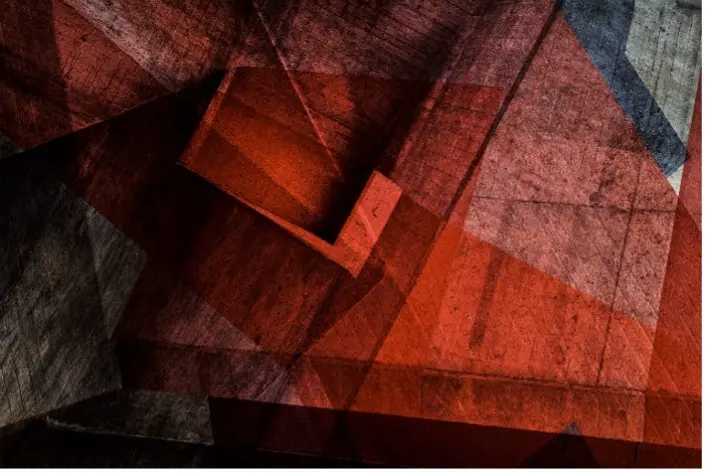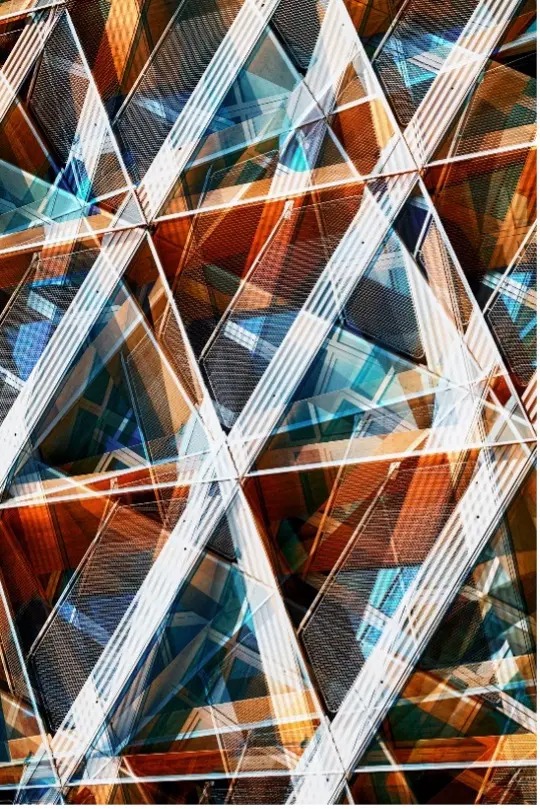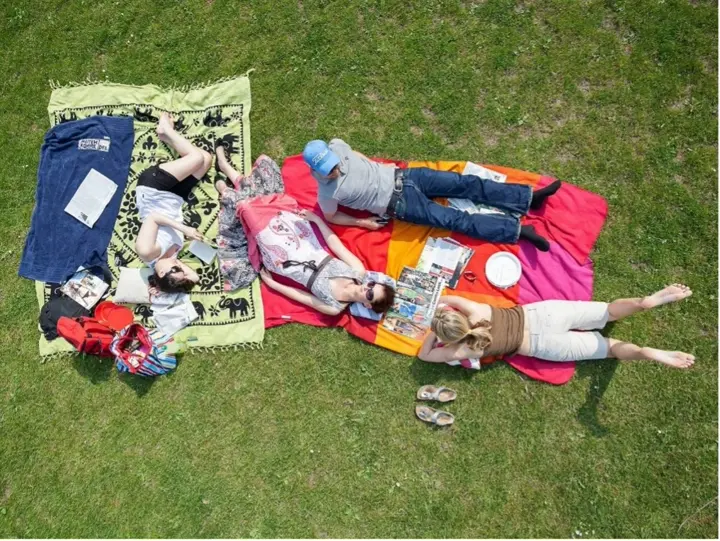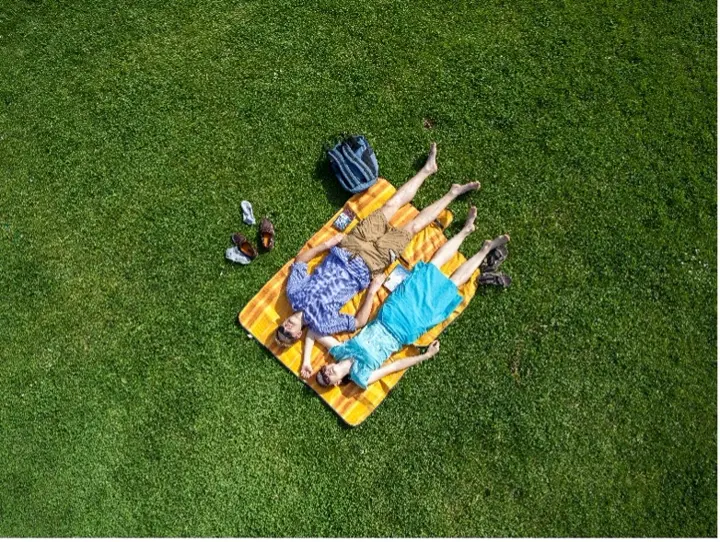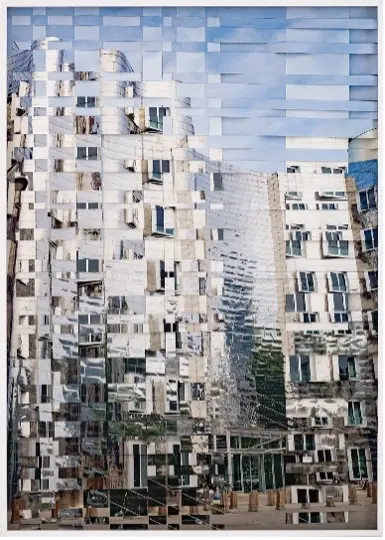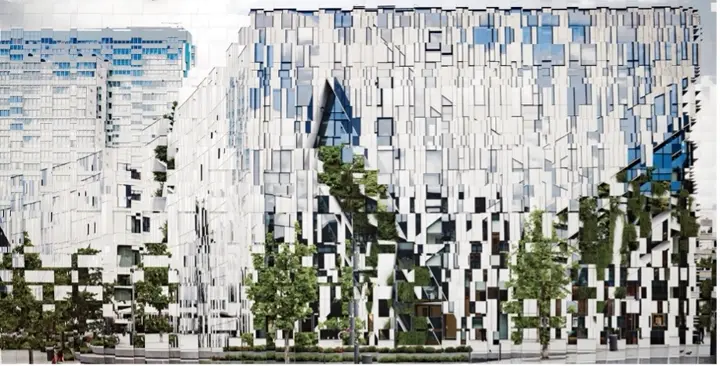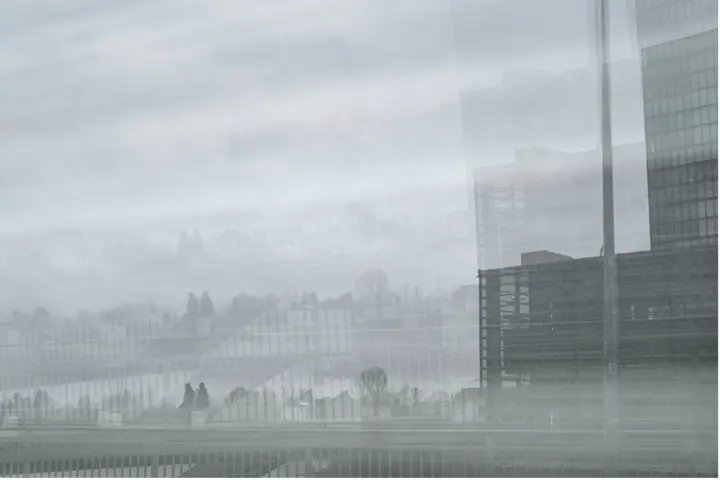The Leica Gallery Duesseldorf proudly presents a group exhibition with four photographic positions about Duesseldorf
Franziska Stünkel - Coexist
For fifteen years, the internationally acclaimed photographer and film director Franziska Stünkel has been traveling for her photographic series "Coexist" through Asia, Africa, Europe, America and Australia in search of natural reflections on shop window glass. With her Leica, she explores the streets of urban spaces for kilometers.
Her reflections from the world's metropolises tell, in their compression, of the global coexistence of human life. Her photographs are both highly topical and timeless comments on living together in a globalized world.
In her photographic series "Coexist," Franziska Stünkel completely dispenses with digital post-processing of her photographs. She shows us an abstraction in the reality surrounding us, which at first glance suggests a digital alienation, yet her reflections are a completely natural reflection of reality. Regardless of which continent Franziska Stünkel works on, she manages to depict both the familiar and the estranged simultaneously. In the exhibition Ansichtssache Düsseldorf, we present works that grant a multi-layered and complex new perspective on the state capital.
The works of Franziska Stünkel are shown in museums and galleries and are represented in private and public collections. Among the awards for her photographic works are the Audi Art Award and the Berliner Hyp Kunstpreis. In 2023, she was nominated for the Beyond Future Art Prize, The Louis Roederer Photography Prize, and the Prix Pictet Photography Award.
Sabine Wild - Gewebe
The Berlin photographer Sabine Wild has been engaged in architectural studies for a long time, and after studying at the Ostkreuzschule für Fotografie, she worked for several years for the Federal Chamber of Architects.
The starting point of her photographic works are details from urban landscapes such as high-rise facades. The artist further develops her prints using web technology by interweaving two identical motifs. This technique creates multifaceted unique pieces with a three-dimensional structure. The weaving enables a subtle abstraction, creating a new perspective on the cityscape.
"By cutting, reweaving, and reassembling, I dissolve the architectural structures and hierarchical perspectives. It seems as if one is looking at an image with huge pixels, this effect arises when I cut very regular strips and interweave them. For me, it is fascinating to undermine the generally very regular process of weaving and break its rules, for example, only weaving a short piece, so the strips lie loosely over the lower motif." Thus, the photo artist creates amazingly analog effects on her digital images using weaving technology.
Florian W. Müller - Interference
The Cologne photographer Florian W. Müller specializes in art and advertising photography, and he uniquely combines these two disciplines. "I am a big fan of the principle of 'Serendipity,' finding something you weren't looking for. For that, one must constantly have their antennas tuned and learn to see the unusual in the ordinary. I appear to be a fan of dark tones and dark images in pictures. This, as well as many other things, often arises subconsciously. Many of my images also reflect my fondness for expressionist artists, primarily Lyonel Feininger. This influence is also often unconsciously guided in my images." says the award-winning photographer.
In the exhibition Ansichtssache Düsseldorf, Florian W. Müller shows his special perspective on the architecture of the state capital. In color-graded multiple exposures, the photo works move on the fine line between depiction and abstraction.
"Florian W. Müller's works are an emotional, spontaneous, and intelligent response to the overwhelming and rich visual world of the present. But not only that: His images - packaged in very aesthetic and pleasing visuals - are commentary, zeitgeist, and standpoint all at once." (Edda Fahrenhorst)
Marcus Schwier - Summer and Winter
The Düsseldorf photographer explores in his long-standing series how people utilize urban green spaces. "A city or urban space consists not only of buildings, but also of the interstitial spaces that are not built on." This space is also inhabited, even if only temporarily.
To photograph from an overhead perspective, Marcus Schwier uses a specially made high tripod for his purposes. Nothing is arranged or predetermined; people were asked to continue as they were before the shot. The results show a kind of social study; picnic blankets are divided into zones for relaxation and dining, children's play areas, sometimes neatly organized, sometimes chaotic. Private life in inner-city green spaces.
"I am interested in people who essentially set up temporary residences. For an hour or two or three, a space is claimed for oneself. These are temporary dwellings that emerge in good weather and are dismantled in the evening." says Marcus Schwier, who studied architecture at the Düsseldorf university and photography at the art academy.
Schwier's photographs are documentary; they are excellent photographic testimonies of urban life on the Rhine.
Virtueller Rundgang
Leica Gallery Dusseldorf
Königsallee 60
40212 Dusseldorf
Germany
